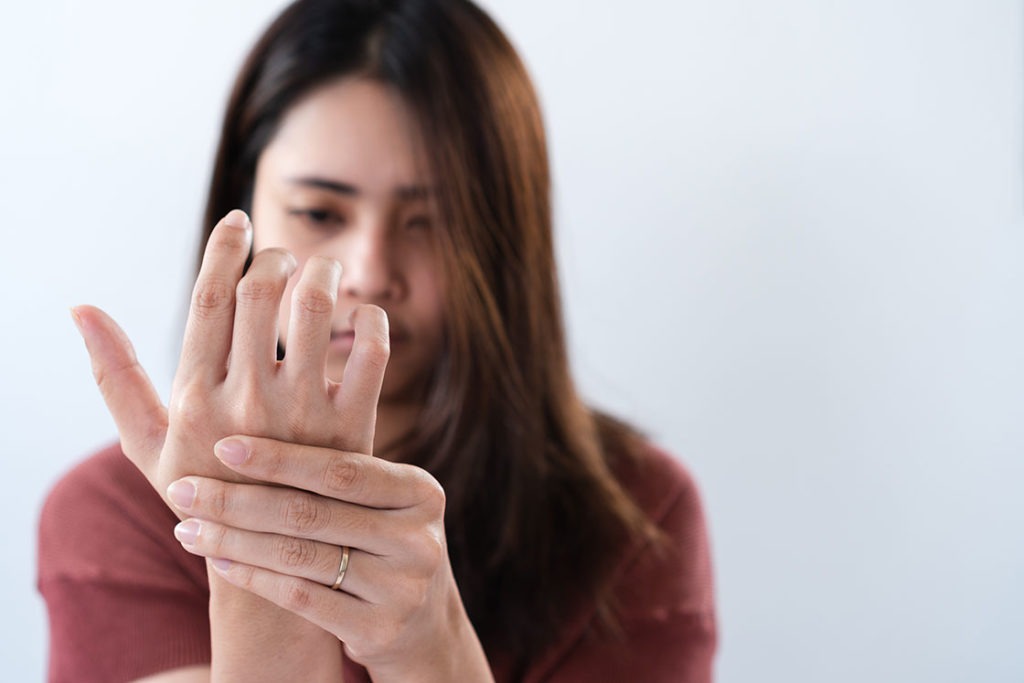The peripheral nervous system (PNS) is made up of all the nerves that branch out from the brain and spinal cord. This is where the action happens. These nerves run through the skin and muscles to give us sensations and let us control our conscious movements. This part of the PNS is known as the somatic nervous system. The second part of the PNS, the autonomic nervous system, runs through our visceral organs such as the stomach, heart, and intestines to regulate unconscious activities.
Damage to any part of the peripheral nervous system can therefore have wide-ranging repercussions, anywhere from simple numbness or tingling to muscle wasting, breathing difficulties, and organ failure.
Peripheral Neuropathy Can Result from Many Causes
Damage to the peripheral nervous system is called “peripheral neuropathy.” Peripheral neuropathy can result from trauma, inherited disorders, autoimmune diseases, infections, tumors, and many other diseases. Additionally, vitamin deficiencies and exposure to poisons or medications can do damage to the nervous system.
Of particular concern to cancer patients is chemotherapy-induced peripheral neuropathy, which can last for many years as a chronic condition long after chemotherapy treatments are completed. Even six years after completing treatment, one study found that 45% of breast cancer patients still had symptoms of peripheral neuropathy, including loss of feeling in the hands and feet, and poor physical function that made daily tasks difficult.
Symptoms of Peripheral Neuropathy
Common symptoms of nerve damage include numbness, tingling or prickling sensations, muscle weakness, impaired sensitivity to touch, and pain with no apparent cause. More severely, patients can experience a burning pain, paralysis, breathing difficulties, muscle wasting, and organ dysfunction or organ failure.
Related to many of these symptoms, patients report impaired function of simple tasks, balance difficulties, and greater risk of burns and injuries.
Symptoms can appear suddenly and worsen rapidly, and recovery can be very slow as damaged nerves heal. Some damage can be permanent.
Treatment for Peripheral Neuropathy
Much of recovery from nerve damage is a waiting game as the patient slowly lets the nerves regrow and recover. But physical therapy treatment can be valuable for coping with the complications of peripheral neuropathy. Areas of treatment focus include:
Nerve Mobilization
Physical Therapists use nerve gliding exercises to mobilize the structures surrounding the nerves (and the nerves themselves) to facilitate movement.
Therapeutic Exercise
Exercises for strength and endurance are important for improving and maintaining fitness and function during this time when patients are dealing with limited capabilities.
Gait Training
Balance exercises are critical for patients when nerve damage is affecting their equilibrium and increasing the chance of falls and additional injury.
Education
A physical therapist can counsel the patient on dealing with obstacles brought on by peripheral neuropathy, including training in any necessary assistive devices and physical therapy products.

